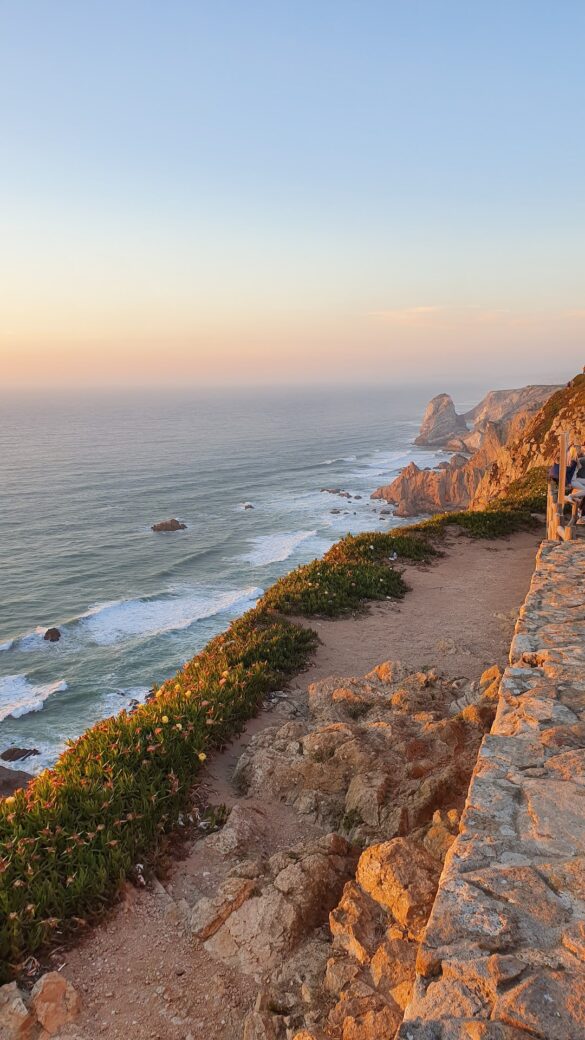Trekking in the wilderness can be an exhilarating and adventurous experience, but it is crucial to prioritize safety. Whether you are an experienced hiker or a novice, being prepared is essential to ensure a safe and enjoyable outdoor adventure. With that in mind, let’s explore some key tips on how to stay safe while trekking in the wilderness.
1. Plan and prepare:
Before embarking on any wilderness trek, it is vital to plan and prepare carefully. Research the trail you will be hiking, and gather information about the weather, terrain, and any potential risks or challenges. Check if any permits are required, and ensure you have all the necessary equipment and supplies for your journey. Creating a detailed itinerary and sharing it with someone reliable is also important, so they know your expected route and timeframe.
2. Know your limits:
While it is admirable to push your boundaries, it is equally important to be aware of your physical abilities and limitations. Choose a trail that matches your fitness level and experience. If you are a beginner or not in the best shape, it is better to start with easier trails before attempting more challenging ones. Always listen to your body, take breaks when needed, and avoid overexertion to prevent accidents and injuries.
3. Dress appropriately:
When venturing into the wilderness, dressing appropriately is crucial for your safety and comfort. Wear breathable and moisture-wicking layers that will keep you warm and dry. Opt for sturdy and supportive footwear that provides good traction to navigate rugged terrains. Additionally, make sure to bring a hat, sunglasses, and sunblock to protect yourself from harmful UV rays. Always check the weather forecast before heading out and prepare accordingly.
4. Carry essential supplies:
Carrying the right supplies can make a significant difference in your safety and survival while trekking in the wilderness. Begin by bringing a well-stocked first aid kit to address any injuries or emergencies. Carry a map and compass or a GPS device to ensure you don’t get lost. Pack enough water to stay hydrated, as well as high-energy snacks or meals. Don’t forget to include essential items like a flashlight/headlamp, a fire starter kit, a knife, a whistle, and a communication device, such as a fully charged cell phone or an emergency beacon.
5. Stay hydrated:
Staying hydrated is vitally important, especially in the wilderness where access to clean water might be limited. Dehydration can lead to fatigue, dizziness, and even heatstroke. Carry enough water to drink regularly during your trek, and know the locations of any water sources along your route. Ensure that you have a water purification system, such as a filter or iodine tablets, to treat water from natural sources if necessary.
6. Be aware of wildlife:
Encounters with wildlife can be thrilling, but it is essential to maintain a safe distance and respect their natural habitat. Research the wildlife that resides in the area you will be trekking, including their behaviors and potential dangers. Avoid feeding or approaching animals, as this can lead to conflicts and accidents. Store your food in bear-resistant containers or hang them properly to prevent attracting animals to your campsite.
7. Keep an eye on the weather:
Weather conditions can change rapidly in the wilderness, so it is crucial to monitor the weather forecast before and during your trek. Be prepared for unexpected weather events by packing appropriate gear like rain jackets, warm clothing, and extra layers. If you notice dark clouds, thunderstorms, or strong winds approaching, seek lower ground or a safe shelter to wait it out. Lightning is a significant risk during storms, so avoid exposed areas or tall objects.
8. Practice Leave No Trace principles:
Respecting the environment should be a fundamental part of any outdoor activity. Follow the Leave No Trace principles, which include properly disposing of waste, minimizing campfire impacts, staying on designated trails, and respecting wildlife and other visitors. By doing so, you contribute to preserving the wilderness and ensuring that future generations can continue enjoying it.
Remember, safety should always be a top priority when trekking in the wilderness. By planning ahead, being prepared, and practicing caution, you can have a thrilling and safe outdoor experience. So, lace up your hiking boots, pack your backpack, and enjoy the wonders of nature while staying safe!

